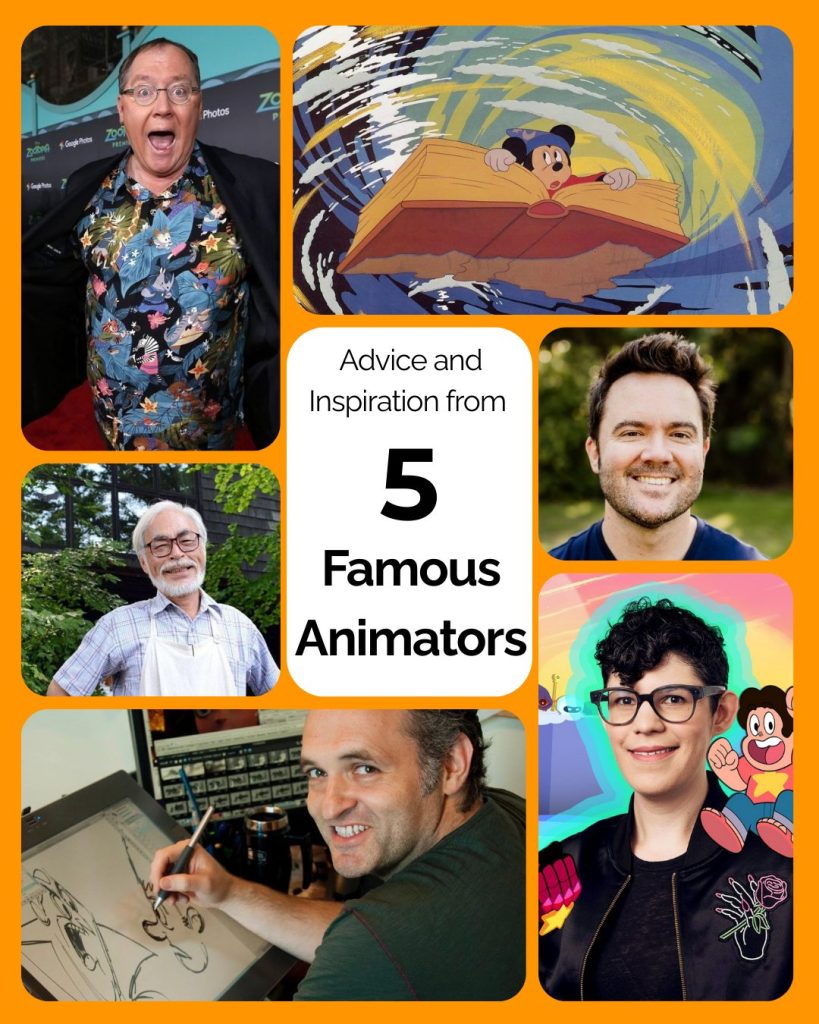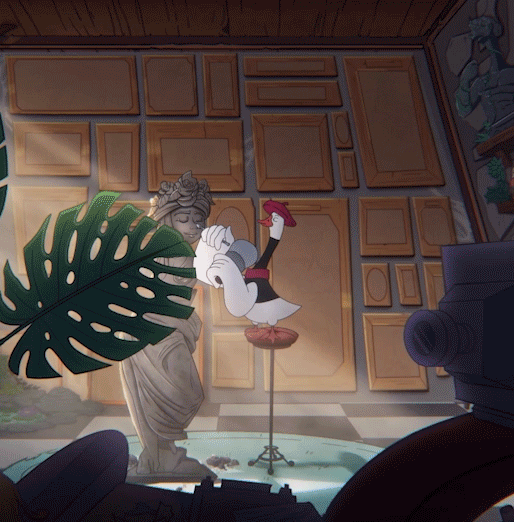Animation has evolved over the years, inspiring both newcomers and seasoned professionals alike. From hand-drawn masterpieces to 3D wonders, the world of animation has something for everyone. However, for many new to the field, it can be challenging to know where to start. Some feel overwhelmed by the sheer volume of techniques and tools available, while others simply don’t know where to focus their energy.
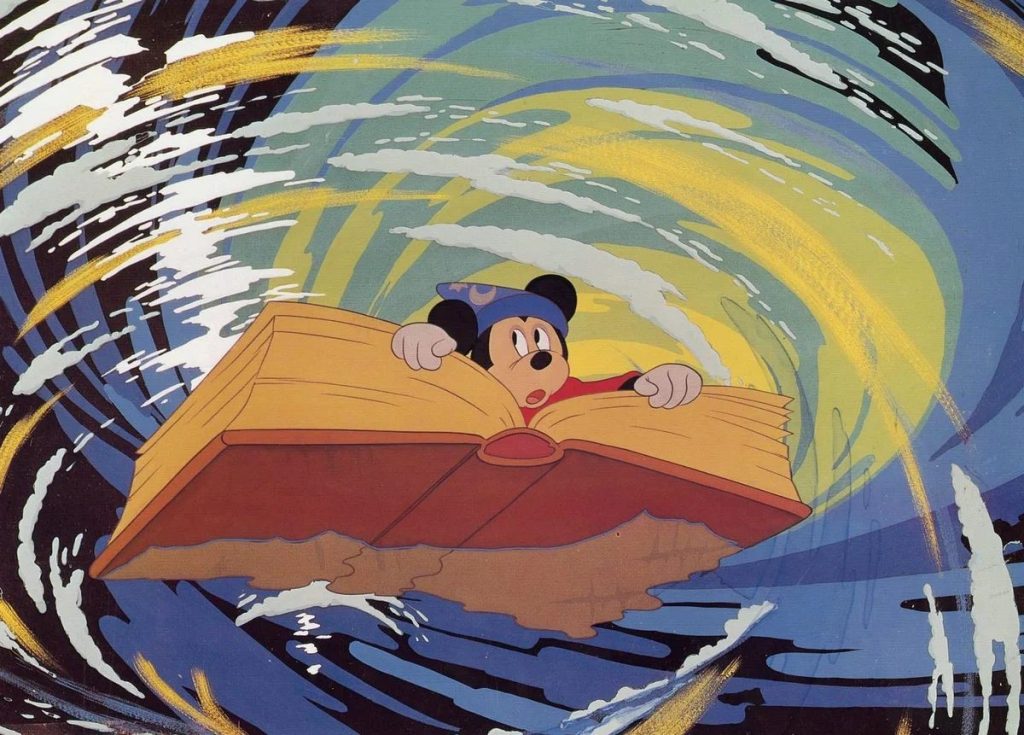
«Fantasia», 1940
In this blog post, we’ll explore the invaluable insights, tips, and personal experiences of the top 5 animators like Hayao Miyazaki, John Lasseter, Rebecca Sugar, Genndy Tartakovsky, and more. Through their stories and advice, aspiring animators can gain both inspiration and practical knowledge to help them begin their journey in animation.
Want to become like these amazing creators? Join the Animation 101 course to start building your portfolio today.
Introduction: Why Learning Animation is a Game-Changer
In the world of animation, there are no limits to creativity. Whether you’re interested in 2D animation, 3D animation, stop-motion, or experimental styles, the opportunities are endless. However, for many who are new to the field, it can be hard to know where to start. Some feel overwhelmed by the sheer volume of techniques and tools available, while others simply don’t know where to focus their energy.
To navigate this, we turn to the stories and advice of successful animators who have made a name for themselves in the industry. In this post, we’ll break down the best advice they have to offer and provide concrete steps for getting started in animation.
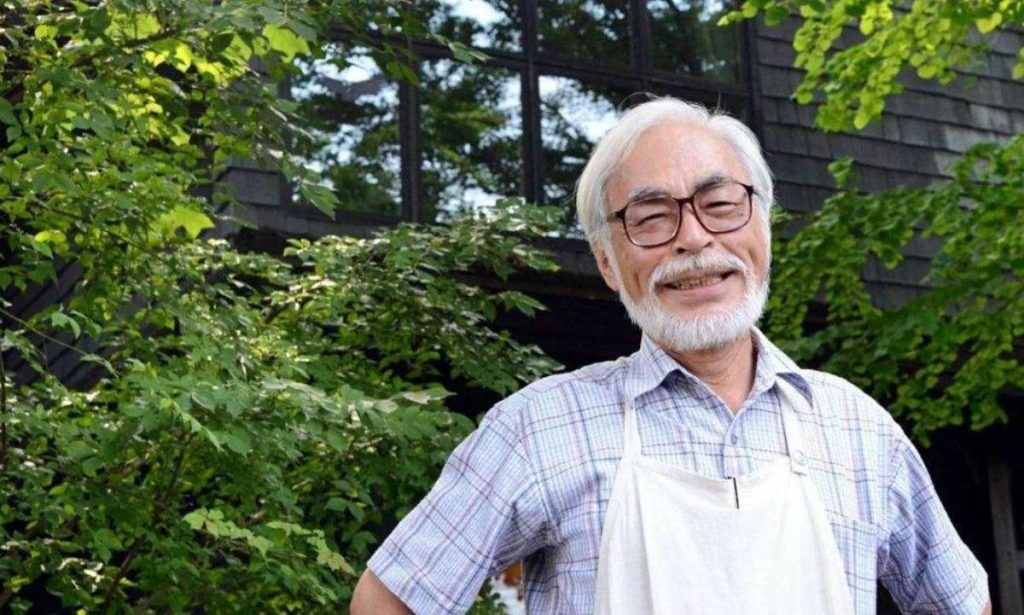
How Hayao Miyazaki Inspires Beginners to Keep Going
Hayao Miyazaki, the iconic co-founder of Studio Ghibli, is known for his deeply imaginative and whimsical animated films. In his interviews, Miyazaki has always emphasized the importance of observation and curiosity. For him, the process of creating animation begins with simply watching the world around you. Miyazaki stresses the importance of observing the world around you, including the smallest details in nature and everyday life. This practice is invaluable for anyone looking to add depth and realism to their animated characters and scenes. Miyazaki recommends that aspiring animators sketch every day, as this practice helps to hone your skills and develop a unique style. By following Miyazaki’s advice, you can begin to find inspiration for your animations in the world around you, just like the master himself.
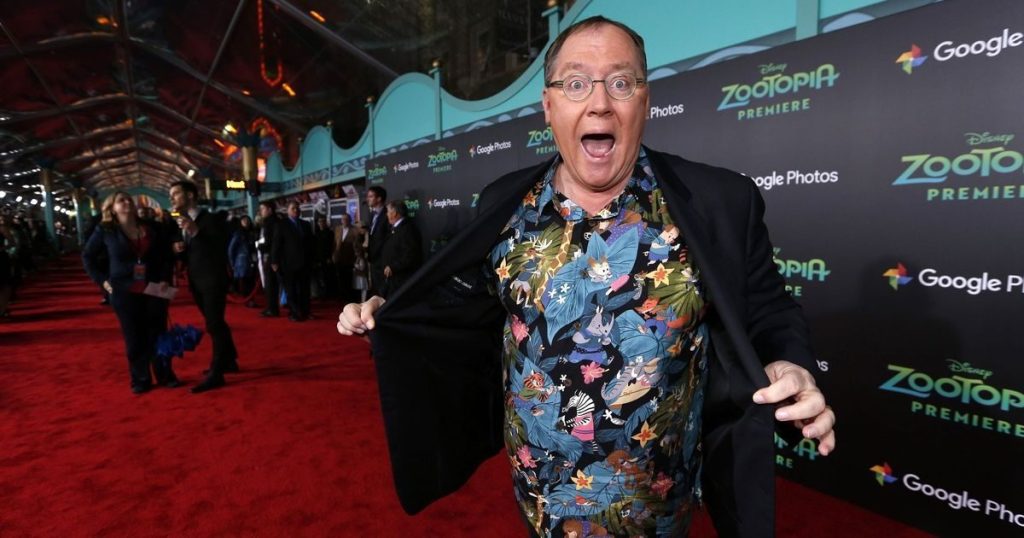
John Lasseter’s Advice on Character Design and Emotion
John Lasseter, one of the founding fathers of Pixar, has always emphasized the importance of storytelling in animation. His work on Toy Story, Cars, and A Bug’s Life showcased how animation can convey emotions, values, and deep connections. Lasseter often says that strong character development is one of the cornerstones of successful animation. Characters should not only look visually appealing but also feel real and relatable to the audience. Lasseter stresses the power of emotion in animation. Whether it’s a heartfelt moment in Toy Story or the thrill of adventure in Cars, ensuring that your characters evoke emotion in the viewer is essential. By applying Lasseter’s advice to your work, you can create memorable characters that resonate with your audience on a deeper level.
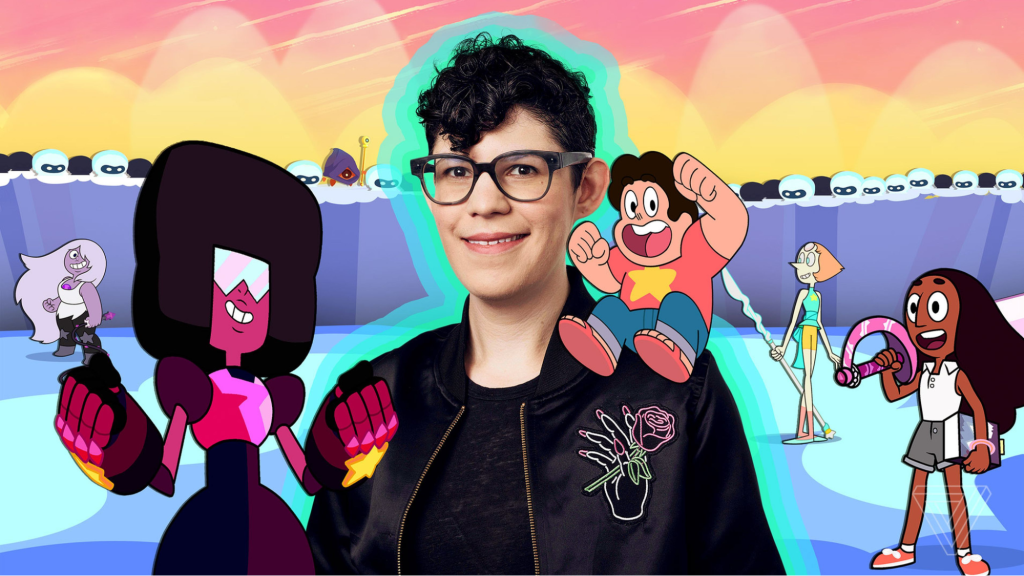
Rebecca Sugar on Creating Diverse and Inclusive Stories
Rebecca Sugar, the creator of Steven Universe, has been a trailblazer in promoting diversity, inclusion, and emotional storytelling in animation. She believes that animation should reflect the diverse world we live in and tackle important issues, such as identity and personal growth. Sugar encourages animators to be true to themselves and their own experiences. By creating characters and stories that reflect a wide range of perspectives, animators can connect with a broader audience. One of Sugar’s major themes in Steven Universe is the exploration of self-identity, relationships, and emotional growth. She advocates for telling stories that reflect real-world issues, helping animation evolve into a medium that resonates with all people. Sugar’s approach to inclusive storytelling can be a powerful tool for any animator looking to make a meaningful impact with their work.
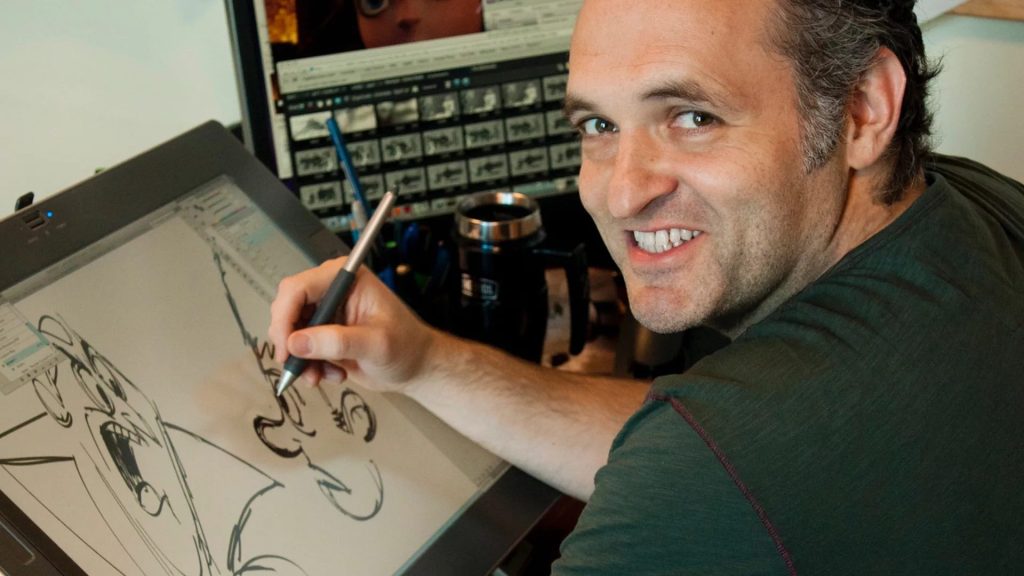
Genndy Tartakovsky’s Approach to Innovation and Experimentation
Genndy Tartakovsky, known for his work on Samurai Jack and Hotel Transylvania, has always been at the forefront of experimental animation. His style blends action, humor, and unique visual techniques, making his work stand out in the industry. Tartakovsky advocates for pushing boundaries and experimenting with different animation styles. Whether it’s through exaggerating movement or exploring new techniques, his advice is clear: don’t be afraid to take risks. He believes in breaking away from traditional animation formats to create something fresh and exciting. By doing so, you can carve out a niche for yourself as an animator. If you want to create something unique, follow Tartakovsky’s advice and embrace your creative freedom.
Check out Genndy Tartakovsky: Cartoon Network’s Storytelling Icon, to see how he does it!

David Gibson’s Tips on Using Music for Inspiration
David Gibson, an animator known for his work on Cloudy with a Chance of Meatballs, discusses the role of music in the animation process. He believes that music is one of the most powerful tools to help animators find their rhythm and build atmosphere. Gibson recommends using music to influence the tone and mood of your animation. The right track can inspire movement, timing, and pacing in your work. He encourages animators to let music guide the flow of their work. Often, a simple melody can give rise to an entire scene, influencing both the visuals and the timing. By tapping into music’s emotional power, you can add another layer of depth to your animation.
How to Take Your First Step in Animation 101
Now that we’ve covered advice from some of the best in the industry, let’s take a look at practical tips for beginners who are ready to start their animation journey. Start with the basics:
- Learn the core principles of animation, such as timing, spacing, and squash and stretch. These principles will form the foundation of your animation skills.
- Use simple tools: You don’t need expensive software to start.
- Begin with pencil and paper or free software like Pencil2D to practice your basic skills.
- Create short animations: Start small with short animation projects.
- Focus on developing simple movements, and as you improve, move on to more complex scenes.
Find a mentor: Whether through online forums, animation schools, or social media, finding a mentor who can guide you is invaluable.

«Fantasia», 1940
Animation is a challenging yet incredibly rewarding field. The advice shared by legends like Miyazaki, Lasseter, and Tartakovsky offers both inspiration and practical steps to help you get started. Whether it’s observing the world around you, developing strong characters, or experimenting with your style, each tip serves as a stepping stone to achieving your dreams in animation.
Ready to start your animation journey? Join the 2D Classical Animation course at Animation Club School and begin learning from industry experts. Whether you’re a complete beginner or looking to refine your skills, our course provides all the resources and support you need to succeed as an animator. Don’t wait — your future in animation starts now!
